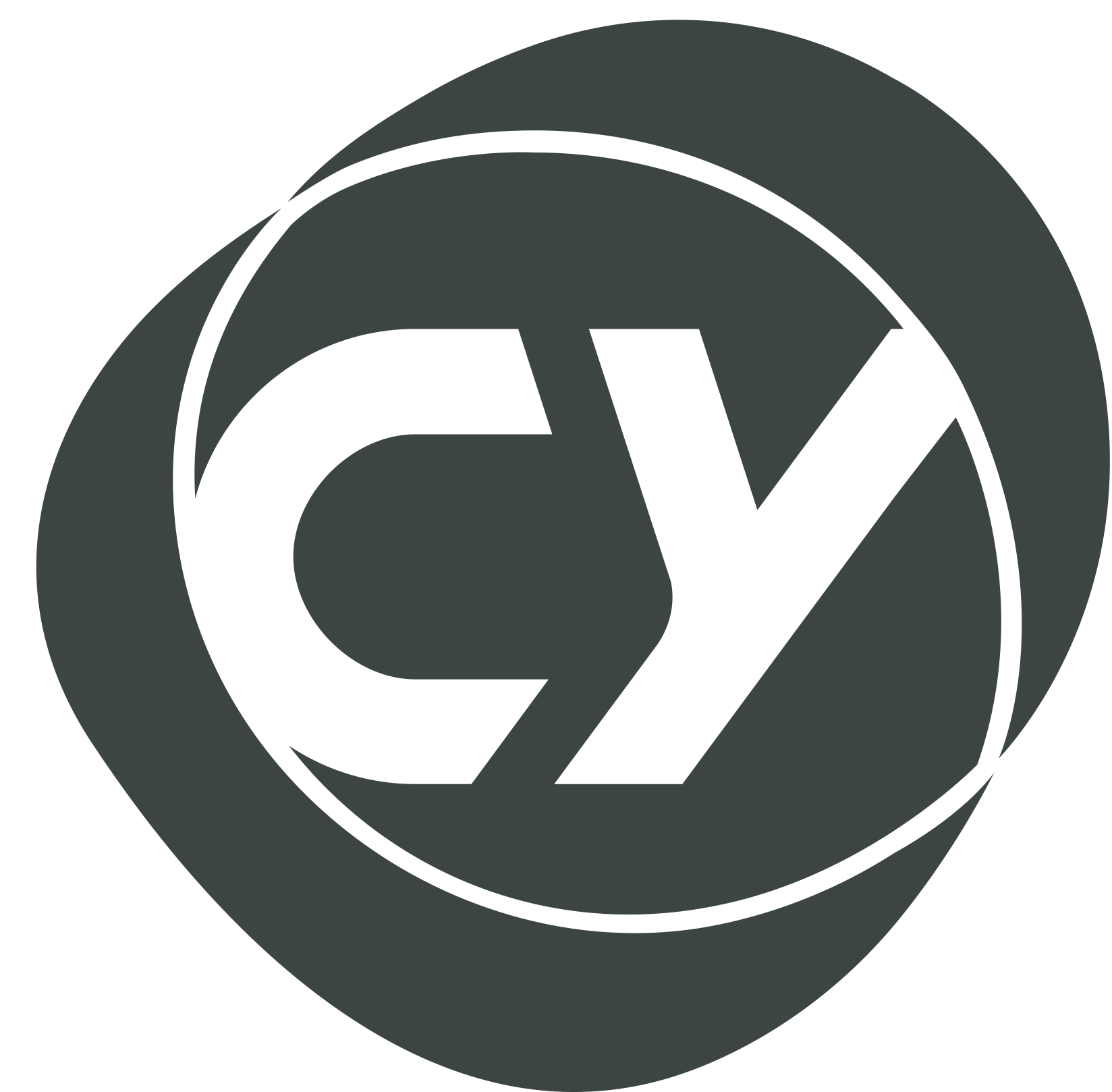Diciphering biological data with AI : Tomorrow's medecine
Alkéos Michail
Doctorat Sorbonne Paris Cité ‘Eigenvalues and eigenvectors of large matrices under random perturbation’.
Technology Director AgenT Biotech Paris Station F.
Co-founder of Think Tank 4th revolution.
Machine learning and deep learning, two major sub-domains of artificial intelligence, are more and more used in various fields especially in healthcare. Indeed, over the past decade, impressive progress have been accomplished in medicine thanks to the capacity of artificial intelligence to analyze complex biological data by taking into account a very large number of parameters.
As examples, we can mention:
- In cardiology: The electrocardiogram is a test as simple to perform as it is difficult to interpret. The French startup Cardiologs has set up an artificial intelligence algorithm allowing to detect in only a few minutes and only on the basis of an electrocardiogram several cardiac pathologies, something that very often requires extensive efforts from cardiologists.
- In radiology: Many newspaper articles enthusiastically show the progress of AI in the early detection of tumours on X-rays, in particular by showing how well AI is outperforming radiologists. However, although machines outperform physicians in this particular area, it is interesting to note that humans and machines do not make the same type of mistakes. Thus, the best detection algorithm is one that combines the predictions of both human and machine.
- In ophthalmology: the Google Deepmind company has set up an AI capable of diagnosing 50 eye diseases from an image of the iris. In particular, this study has revealed a previously unknown fact: this AI has succeeded in classifying Men and Women from an iris image, so the iris contains gender information.
- In diagnostics: Electronic noses (or e-noses) consisting of miniaturized arrays of broad-spectrum chemical sensors, coupled with signal processing by AI are capable of diagnosing several diseases such as cancer or diabetes with great accuracy from the patient's breath. This study has thus confirmed an old intuition: diseases have specific odors.
Nevertheless, several major difficulties and challenges are still present in the world of AI applied to medicine.
We can mention the quasi-systematic non-linearity of biological data, the so-called cohort effects, the required high dimensionality (ie sometimes a very large quantity of biological parameters must be considered to predict a disease), the uncertainty of patient annotations due to diagnostic errors or medical follow-up not long enough...
And one of the most important matters is that of the explicability of the decisions made by the AI. Indeed, it is necessary to be able to justify all the medical decisions taken by these algorithms by concerns of responsibility but also by concerns of advancing research through a better understanding of the biological functions studied. This is why, contrary to other fields of AI applications, here the pure deeplearning algorithms that can be described as black boxes, however powerful they may be, must often be replaced by algorithms that are more explicable and built thanks to the enlightened collaboration of physicians and mathematicians.
In this presentation, we discussed some of the solutions to these problems, including algorithms that can describe the importance and synergy of different biological parameters for a given disease, as well as transfer learning techniques that allow us to understand complex biological problems by transferring knowledge gained from studying other problems that are similar but simpler than the first.
Finally, through the new capacity offered by AI to analyze complex biological mechanisms requiring the consideration of a very large number of parameters, we can expect from tomorrow's medicine a better understanding of sciences such as metabolomics or genomics. These latter fields are already leading us towards diagnostics and therapies that are increasingly personalized and consequently effective, and we can therefore expect today's medicine, which is essentially curative, to be transformed tomorrow into an essentially preventive, or even corrective medicine.



